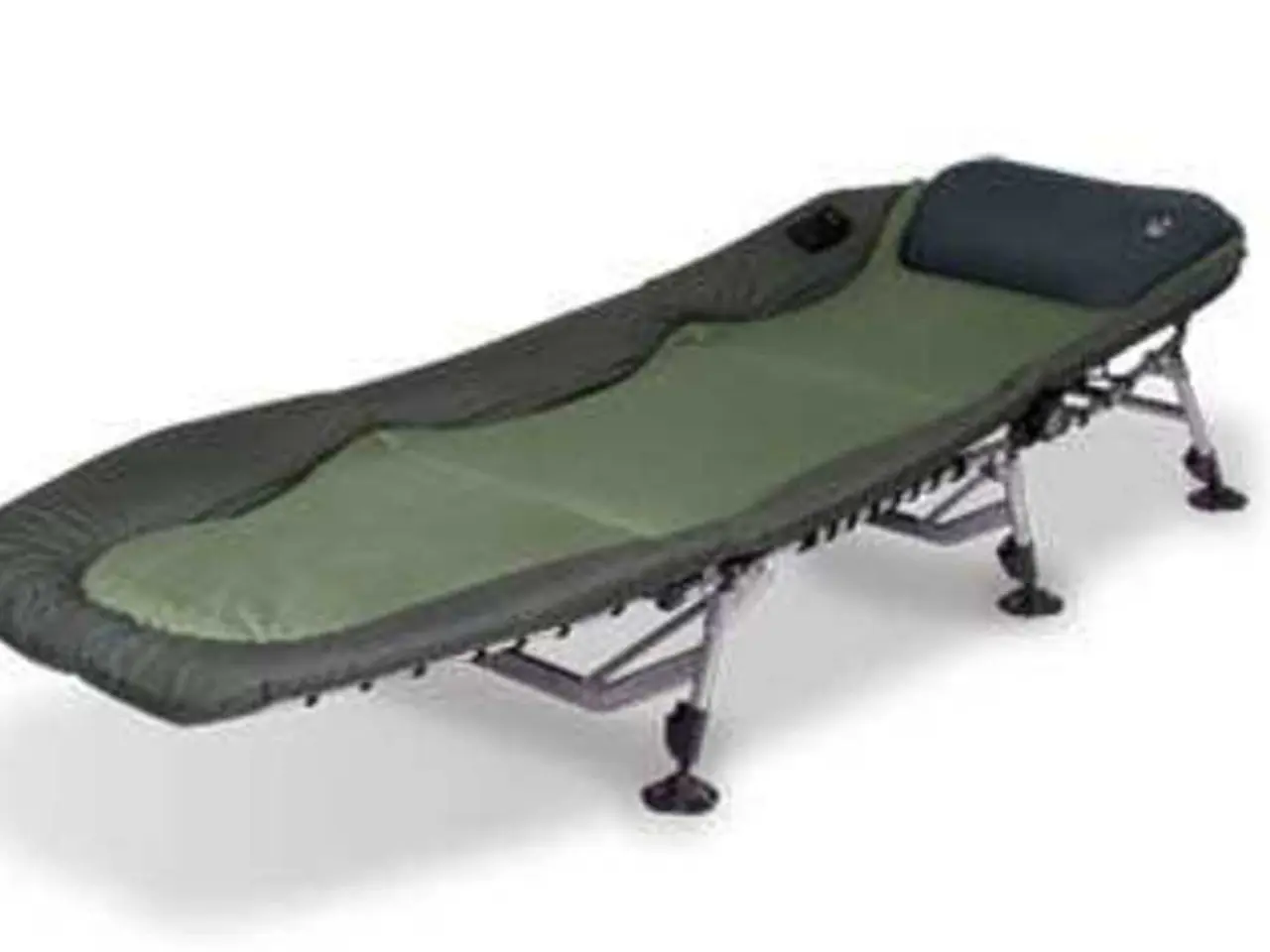Regaining Control Over Bladder: Suggestions and Methods
In the realm of bladder health, issues such as constipation, stress incontinence, and overactive bladders can cause discomfort and inconvenience. But there's good news - bladder training, a multifaceted approach, can help regain control.
Bladder training is not just about physical training but also mental training to break the habit of going to the bathroom too frequently. The process begins with scheduled voiding that progressively spaces urination. Start by urinating at set intervals, for example every 1 to 2 hours, regardless of urgency. Gradually increase the time between bathroom visits to train the bladder to hold urine longer[1][2][5].
Practicing resisting the urge to urinate when it occurs before the scheduled time is another crucial step. When you feel the urge, try to wait and gradually extend the waiting period by a few minutes each time[2].
Strengthening muscles that control urination is equally important. Kegel exercises, involving tightening and holding the pelvic floor muscles for several seconds, then releasing, can help improve bladder control and reduce leakage[1][2][5].
Relaxing bladder spasms can also be beneficial. Techniques such as diaphragmatic (deep, slow) breathing while resisting urges can help calm the bladder and improve control[1].
Combination moves and strength training like Kegel squats can enhance coordination, strength, and motor control of pelvic muscles during everyday activities[1].
Allowing time for complete bladder emptying without straining is also essential. Techniques like “pelvic rocking” while seated on the toilet can encourage full emptying and reduce pelvic floor pressure[4].
Lifestyle changes such as managing fluid intake, avoiding bladder irritants (caffeine, alcohol), maintaining a healthy weight, and adjusting diet to support bladder health are also key[5].
Physical therapy can be an important part of regaining bladder control, helping in learning to relax pelvic floor muscles. Certain medications, such as diuretics, can contribute to bladder control issues[5].
Distraction techniques such as reciting the alphabet, practicing relaxation techniques, standing very still, sitting on a hard chair, or squeezing the muscles of the pelvic floor can help during the training process[2].
A urologist can provide guidance on bladder training and offer referrals to physical therapy. Dr. Emily Slopnick, a urologist, teaches the basics of bladder training and the importance of training both the physical and mental aspects of bladder control[3].
Bladder training is a program aimed at teaching the bladder to hold more urine and empty less often, effective for treating conditions such as urinary urgency, overactive bladder, urge incontinence, and regulating bladder function after the removal of a catheter[1][2][5].
Remember, drinking excessive water can lead to a frequent need to urinate and a strong sense of urgency, while too little water can lead to a buildup of waste in the urine and irritation to the bladder. Maintaining a healthy weight, keeping moving, and avoiding smoking can also help with bladder control[5].
By following these steps and seeking professional guidance when needed, you can take control of your bladder issues and live a more comfortable life.
[1] Mayo Clinic. (2021). Bladder training for urge incontinence. Retrieved from https://www.mayoclinic.org/diseases-conditions/overactive-bladder/in-depth/bladder-training/art-20047063
[2] National Institute of Diabetes and Digestive and Kidney Diseases. (2021). Bladder Control Problems in Women. Retrieved from https://www.niddk.nih.gov/health-information/urologic-diseases/bladder-control-problems-in-women
[3] Dr. Emily Slopnick. (2021). Bladder Training: A Comprehensive Guide. Retrieved from https://www.drslopnick.com/bladder-training-a-comprehensive-guide
[4] National Association for Continence. (2021). Bladder Training. Retrieved from https://www.nafc.org/bladder-training
[5] Cleveland Clinic. (2021). Bladder Training: How to Control Your Urge to Go. Retrieved from https://my.clevelandclinic.org/health/treatments/15461-bladder-training-how-to-control-your-urge-to-go
- Apart from addressing bladder health concerns, it's essential to focus on overall health and wellness, including mental health, men's health, and women's health, as well as skin care.
- Maintaining a balanced diet is crucial in managing chronic diseases such as type-2 diabetes, which can indirectly impact bladder health.
- Modern science and medical advancements have paved the way for various therapies and treatments for chronic diseases and health conditions, including chronic kidney disease.
- CBD, a popular alternative therapy, is sometimes used to alleviate symptoms associated with bladder issues and other chronic conditions, though its effectiveness varies among individuals.
- Workplace wellness programs can incorporate bladder health education and tips to promote a healthier lifestyle, helping employees manage bladder control issues and combat stress.
- Incorporating physical activities like Kegel exercises and Kegel squats into daily routines can strengthen pelvic muscles, leading to improved bladder control and reduced instances of incontinence.
- Regular check-ups and consultations with healthcare professionals, such as urologists, are vital for assessing progress in bladder training and receiving guidance on the most effective bladder training methods.




